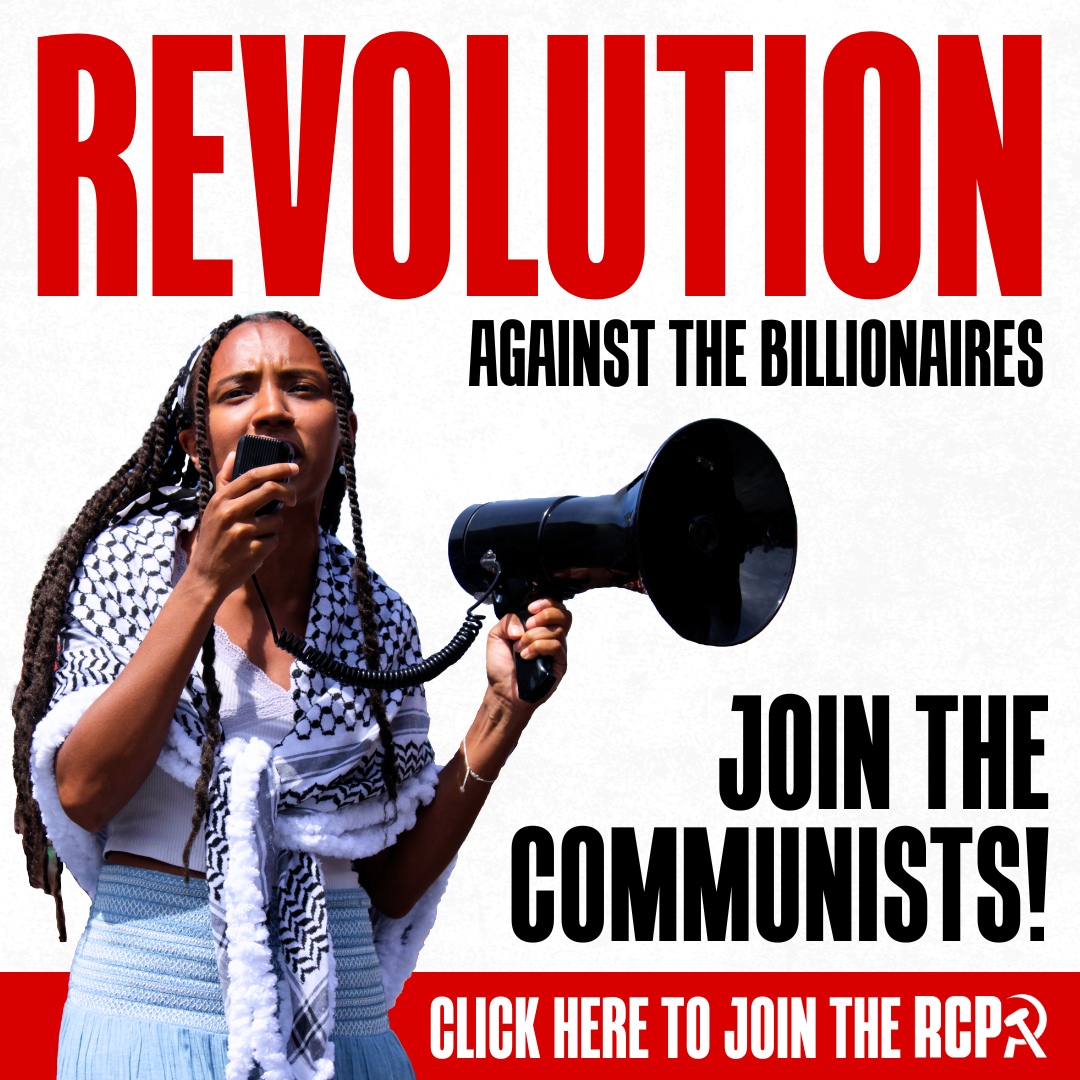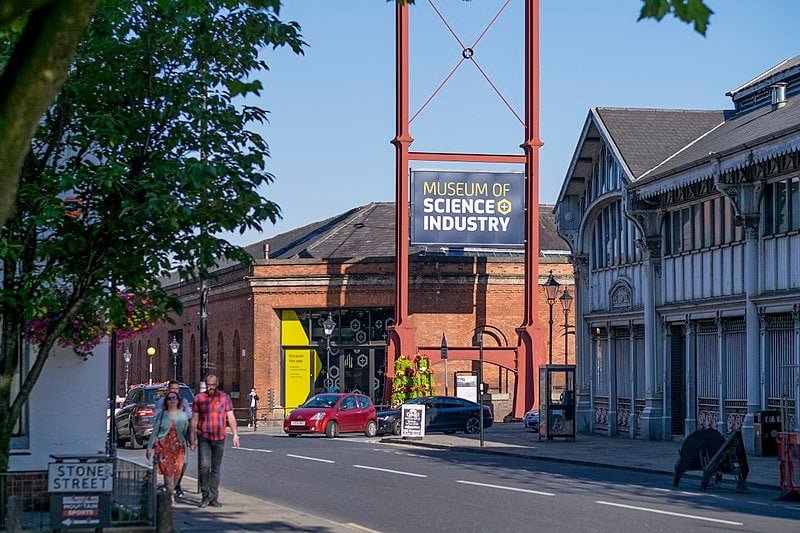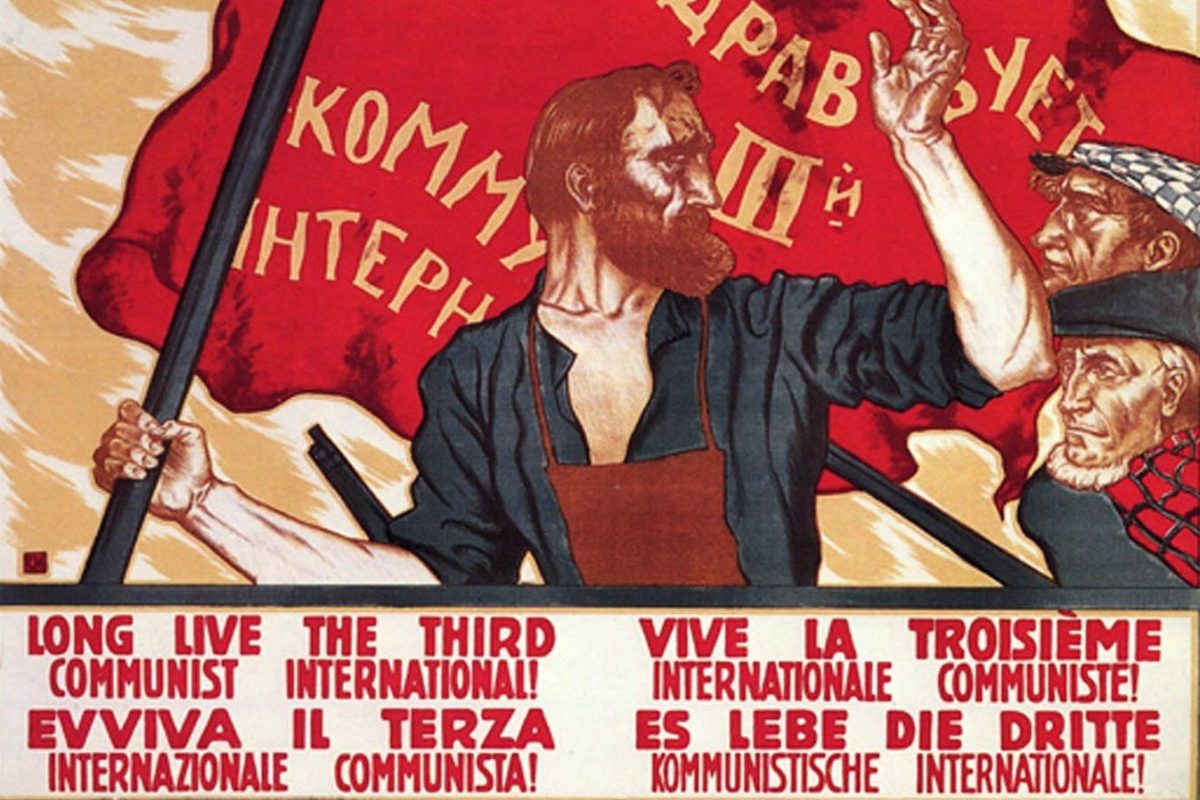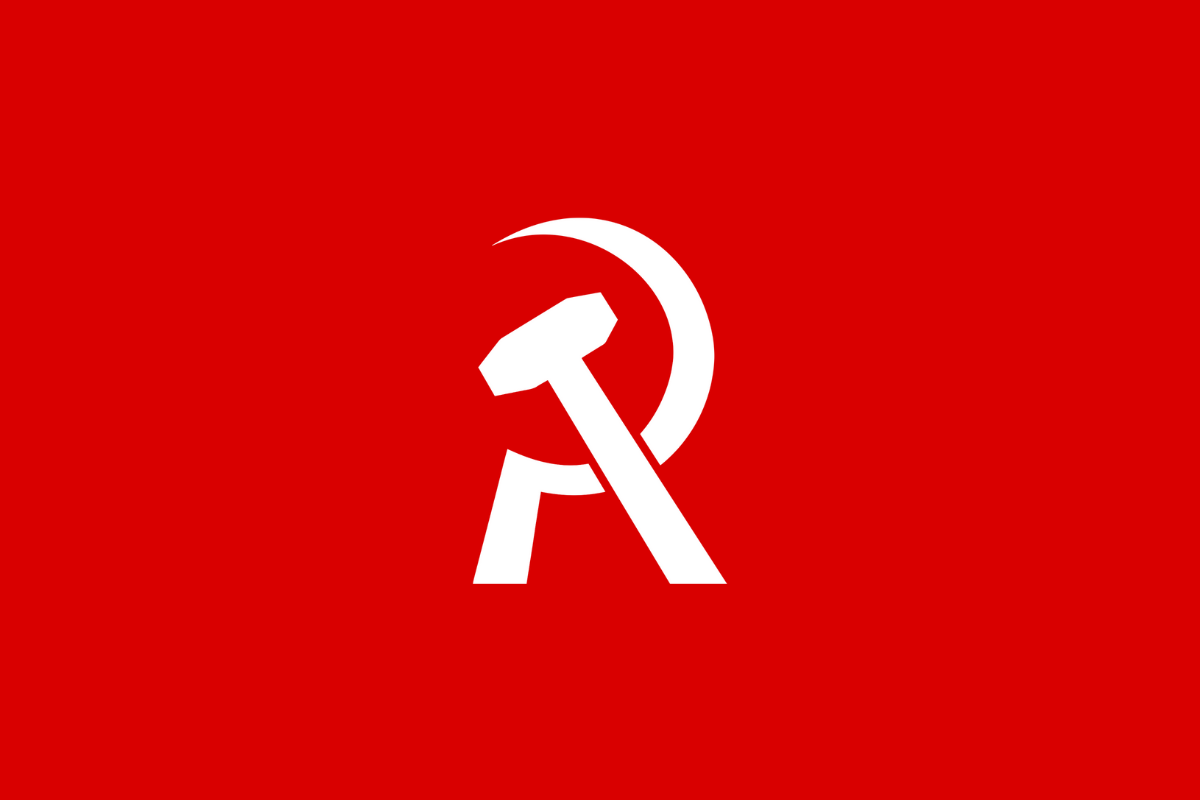The newly formed Islington
Trades Union Council held its annual general meeting last week at the Town Hall
which was an eye-opening and inspirational historical tour into the fighting
past of the borough. It hosted a string of very interesting speakers and
revealed its beautiful new banner which, in bold type across the top, makes a
call to ‘Reclaim Our Past and Organize Our Future!’.
 |
| Vic Turner speaks to the meeting |
Ed Hall, a local artist who made
the banner, told us what each element depicted. Tom Paine is shown on the right
side of the banner clutching his influential book ‘The Rights of Man’ which he
wrote while in Islington in 1791-92 as a reply to an attack on the French
Revolution. Toward the back of the banner, are the demonstrators in Copenhagen
Fields protesting for the freedom of the Tolpuddle Martyrs who were being
banished to Australia for union activity in 1834. And further in revealing
Islington’s revolutionary background is Islington Town Hall with the red flag
flying after they made Mayday a paid holiday across the borough in 1958. Front
and centre are examples of the people from the community today – a construction
worker, a social worker, a nurse and postal worker. On the far left Vic Turner,
who was one of the Pentonville Five, is depicted, Vic Turner himself was at the
meeting and got up to recount the significance of the events. The Pentonville
Five, as they were called, refers to the five docker shop stewards who were
arrested and imprisoned in Pentonville Prison in 1972 in the midst of a strike.
Following their arrest, a rolling series of solidarity strikes began that
caused work stoppages until there was virtually an unofficial general strike.
The nation was nearly brought to a standstill, and the government of the day
was forced into a corner. A demonstration was called to demand the release of
the five shop stewards and thousands of striking workers marched through
Islington and North London to Pentonville Prison and the five were released.
More fascinating revolutionary
history was recounted by other speakers including Labour MP, Jeremy Corbyn who
reminded us that Islington was once the home of Karl Marx. We learned that the
original Islington Trades Council was formed almost 100 years ago. It arose
from the struggle of the building workers in the fight for a reduction of
working hours and against ‘the document’ which bosses forced workers to sign,
stating that they were not part of a union, or be sacked or not hired in the
first place. During the coal miner’s
strike in 1984 Islington residents raised over £100 000 in solidarity
collections in the struggle for jobs and against anti-trade union laws like
sequestration (the confiscation of union property and assets if a union engages
in strike action).
Other speakers included MP for
Islington South and Finsbury, Emily Thornbury, who also referred to the
fighting spirit of the area. She noted that the May Day march starts at
Clarkenwell Green and that Bevin Court – originally called Lenin Court, was
near where the Bolshevik leader V.I. Lenin had briefly lived and once hosted a
memorial statue in honour of the man. She spoke about how Holloway Prison was
where hunger-striking suffragettes were force-fed.
Labour councillors Katherine
Green and Richard Watts were there on behalf of the council, and Katherine told
the meeting about their efforts to direct the council to do more with important
local issues like housing, poverty, care homes for the elderly and working
conditions for all Islington residents.
The Deputy General Secretary of
the Trades Union Congress, Frances O’Grady (who is a local resident) spoke to
the meeting about how local trade union activity was an integral part of taking
on the roots of exploitation. She told us about the TUC’s recent programme in
defence of the most vulnerable workers in today’s employment climate –
immigrant workers and unorganized agency workers. She recounted stories of how
Polish workers were promised jobs in posh hotels but had their passports taken
away and were forced to work in meat packing plants. She pointed out that
workers without a union almost always suffer the lowest wages and worst
conditions. All agreed that the Islington Trades Union Council could play an
important role in renewing local trade union awareness and community activism
and help to inspire a new generation of Islington workers to join and
participate! She remembered how the Islington Trades Union Council used to have
regular meetings of 80 strong and wanted to see it happen again.
Finally, the chair of the
meeting, Gary Heather, reported to the meeting of about 40, that the Islington
Trades Union Council, after having been rejuvenated for about one year, now has
20 affiliated trade union branches that have over 5,000 members. In the first
year, the council has organized several meetings including support for the
postal workers and a brave campaign against Academy Schools. Plans for the
future are to work with the preservation society on getting historical plaques
that celebrate the left wing traditions of the borough and to have many more
meetings in order to get the new banner out into the community!
See also:
35 years ago – Britain on the verge of revolution? By Rob Sewell Friday, 27 July 2007






